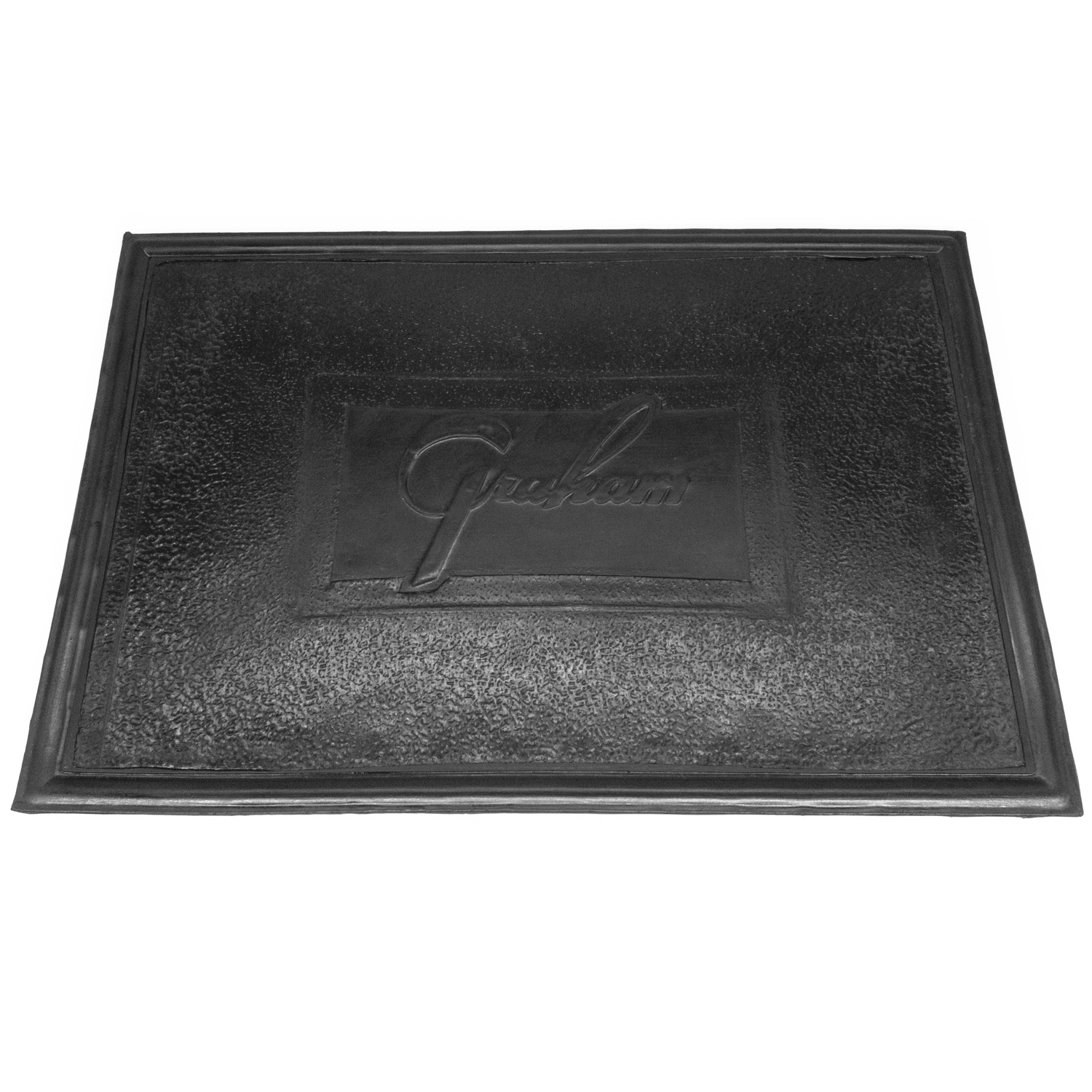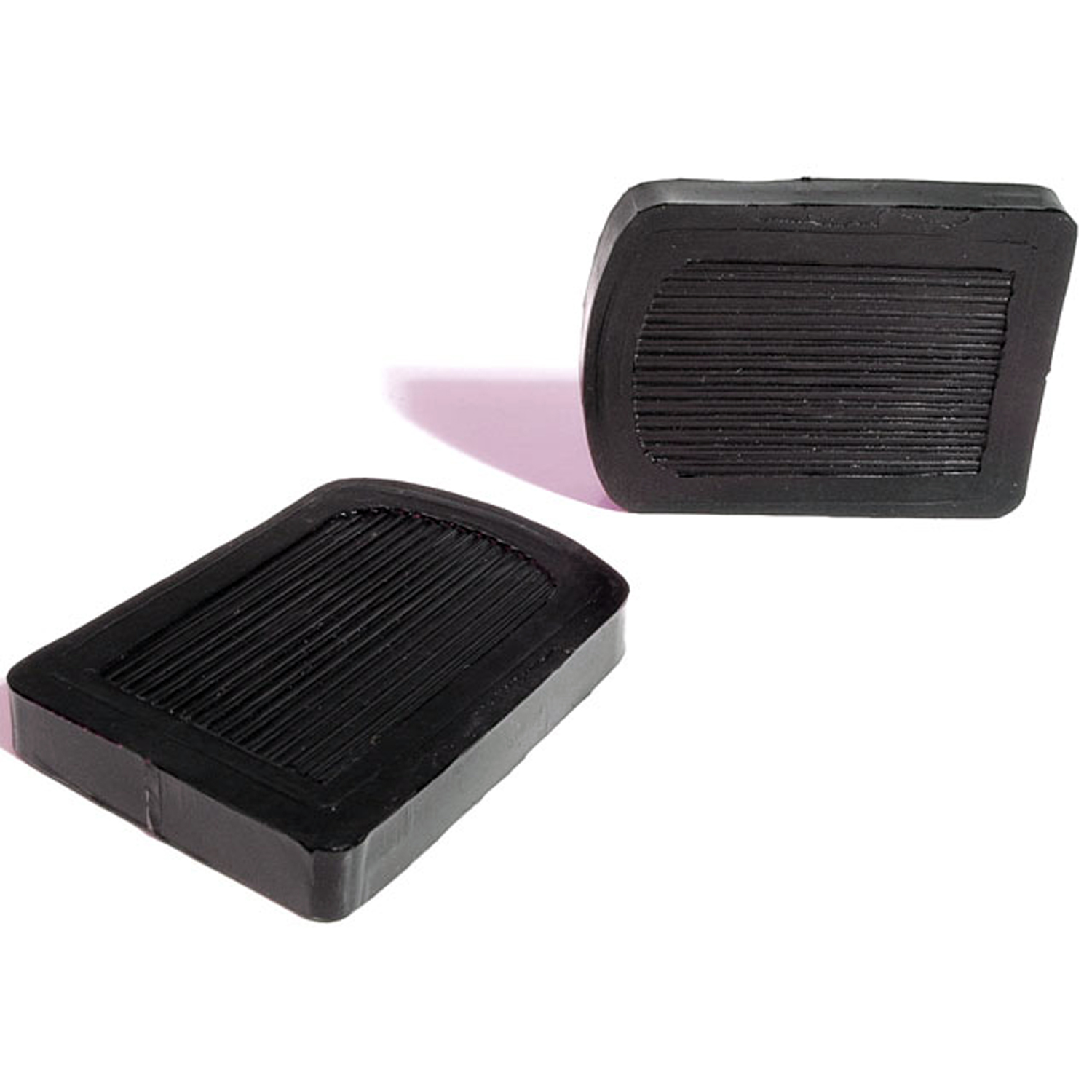Image of 1934 Graham Model 69, Note: These illustrations use artistic license and may differ from actual historical models.
Performance Metrics
Fundamental Metrics
Emotional Appeal
MMP Rating
| Engine Specifications | |
|---|---|
| Engine Options: | Straight-6 |
| Displacement Range: | 3.5L |
| Horsepower Range: | Estimated 85-95 HP |
| Torque: | Not available |
| Compression Ratio: | Not available |
| Ignition System: | Distributor and coil |
| Cooling System: | Water-cooled |
| Performance Specifications | |
| 0-60 Time: | Not available |
| 1/4 Mile Time: | Not available |
| Top Speed: | 75-85 mph |
| Transmission and Drive | |
| Drive Type: | Rear-wheel drive |
| Transmission Type: | 3-speed manual |
| Fuel and Efficiency | |
| Fuel System Type: | Carburetor |
| MPG: | Not available |
| Dimensions and Brakes | |
| Brakes: | Mechanical drum brakes |
| Wheelbase: | 119 inches |
| Weight: | 3,200 lbs |
Note: Specifications for classic cars are given to the best of our ability, considering the limited and variant data available.
Unveiling the 1934 Graham Model 69: A Testament to Pre-War Elegance
The 1934 Graham Model 69 stands as a gleaming testament to the innovation and style of the pre-war automotive era. Born from the ambitious minds at Graham-Paige Motors Corporation, a company renowned for its engineering prowess and forward-thinking designs, this vehicle emerged during a time of economic recovery and technological advancement. The Model 69 was not just a car; it was a statement of luxury and progress in an age where both were desperately sought after.
With its origin rooted in Detroit, Michigan, the Graham brothers' commitment to quality and performance became synonymous with their namesake vehicles. The Model 69, in particular, was a beacon of hope and progress during the Great Depression, offering a glimpse into a future where style and substance could coexist harmoniously. A notable moment in this vehicle's history includes its recognition for introducing advanced features that were ahead of its time, setting a new standard for competitors to follow.
Design and Innovation: The Epitome of '30s Flair
The exterior styling of the 1934 Graham Model 69 was nothing short of breathtaking. Its sleek lines and aerodynamic shape were complemented by an imposing chrome grille that demanded attention wherever it ventured. The craftsmanship was evident in every curve and crease, with an attention to detail that signified true luxury. Inside, passengers were enveloped in opulence with high-quality fabrics and wood trim that spoke volumes about the era's craftsmanship.
Technologically, the Model 69 boasted features that were revolutionary for its time, including an advanced suspension system that provided a smooth ride unparalleled by its contemporaries. Color options ranged from deep maroons to elegant blacks, with rich blues being among the popular choices for those seeking to make a statement on the road.
Available in several body styles including sedans, coupes, and convertibles, it was the roadster that captured hearts with its top-down charm and sporty demeanor. This iconic variant remains emblematic of the freedom and excitement associated with driving in the open air during America's golden automotive age.
Historical Significance: Paving the Way for Modernity
The Graham Model 69's impact on automotive design cannot be overstated. It introduced elements such as improved aerodynamics and interior comfort that would become staples in vehicle production. Its influence extended beyond mere aesthetics; it set benchmarks for performance and luxury that manufacturers strived to emulate well into the latter half of the century.
Performance and Handling: A Symphony on Wheels
The performance of the 1934 Graham Model 69 was impressive for its era, with acceleration capabilities that could leave many of its rivals trailing in its wake. Although exact top speed figures vary, it was known to hold its own on highways burgeoning with faster post-war models. Handling was another area where the Model 69 shined; it navigated through challenging driving conditions with grace—a testament to its well-engineered chassis and suspension system.
Driving the Model 69 was akin to conducting an orchestra; each movement from engine start-up to gear shift created a symphony of mechanical harmony. The engine's purr, the smoothness of transition between gears, and the solid yet responsive steering made every journey memorable.
Ownership Experience: Beyond Mere Transportation
The Graham Model 69 served various roles ranging from daily transportation for the affluent to a coveted showpiece at classic car exhibitions. Maintenance required a dedicated owner willing to preserve its complex mechanisms—yet those who took on such responsibility found immense satisfaction in keeping this slice of history alive.
Fun Facts: The Legacy Lives On
Rare editions of the Model 69 occasionally surface at prestigious auctions, sometimes boasting previous celebrity ownership or unique customizations. While records may not highlight speed milestones, they do emphasize endurance—the enduring appeal of this model's design has stood the test of time.
Criticisms were few but often pointed towards its initial cost—a barrier for many during tough economic times—but even these critiques have faded into obscurity as enthusiasts celebrate this vehicle's contributions to automotive heritage.
Collector's Information: A Prized Possession
The current value range for a well-preserved or expertly restored 1934 Graham Model 69 can vary greatly but tends to be quite significant due to its rarity and historical importance. Production numbers were limited; estimates suggest only thousands were made. As such, finding one on today's market is an occasion worth noting among collectors.
In terms of appreciation, vehicles like the Model 69 have seen steady increases in value over time as classic car enthusiasts seek out these rare gems from a bygone era. Depending on condition and provenance, prices can range from high five figures into six figures—making it both an emotional investment and a financial one.
Conclusion: Celebrating Automotive Heritage
The 1934 Graham Model 69 is more than just an old car; it's a rolling piece of art that encapsulates the spirit of innovation and luxury from an era long past but not forgotten. Its legacy continues to influence modern automotive design while reminding us where we've come from—and how far we've journeyed since those early days on dusty roads lined with dreams of progress.
1934 Graham Model 69 Catalog of Parts
 1934 Graham Model 69 Accessory Floor Mat - 12"X17"-AC 12Accessory Floor Mat - made of high quality black rubber with molded original emblem. Also designed to be sewn into new carpets. 12"X17", Each
1934 Graham Model 69 Accessory Floor Mat - 12"X17"-AC 12Accessory Floor Mat - made of high quality black rubber with molded original emblem. Also designed to be sewn into new carpets. 12"X17", Each 1934 Graham Model 69 Clutch and Brake Pedal Pads. 2-5/8" wide X 3-5/8" long-CB 25Clutch and Brake Pedal Pads. 2-5/8" wide X 3-5/8" long. Pair
1934 Graham Model 69 Clutch and Brake Pedal Pads. 2-5/8" wide X 3-5/8" long-CB 25Clutch and Brake Pedal Pads. 2-5/8" wide X 3-5/8" long. Pair 1934 Graham Model 69 Clutch and Brake Pedal Pads. 2" wide X 3-5/8" long. Pair-CB 46Clutch and Brake Pedal Pads. 2" wide X 3-5/8" long. Pair
1934 Graham Model 69 Clutch and Brake Pedal Pads. 2" wide X 3-5/8" long. Pair-CB 46Clutch and Brake Pedal Pads. 2" wide X 3-5/8" long. PairWhy Choose Metro?
For over 100 years, Metro Moulded Parts has been the pinnacle of quality in classic car restoration parts. Our commitment to precision and authenticity in every component ensures a perfect fit and an OEM-level appearance.
- Expert Craftsmanship & Quality: Each part is a testament to our dedication to reliability and perfection, crafted from original designs and thoroughly tested.
- Advanced Technology: We use cutting-edge techniques to create flawless, long-lasting parts that surpass others in performance.
- SuperSoft Sponge – The Ultimate Door Seal: Not only are our door seals 30% softer than competitors', but they're also guaranteed to never leak. They effectively reduce wind and road noise, enhancing your classic car's comfort and driving experience.
- Proudly American: Our parts are a product of American craftsmanship, made in the USA with a spirit of excellence and heritage.
- Unrivaled Warranty: We back our products with a 30-year industry-leading warranty, a testament to our confidence in their quality.
Join us in preserving the legacy of classic cars with parts that are crafted for perfection, not just made.

